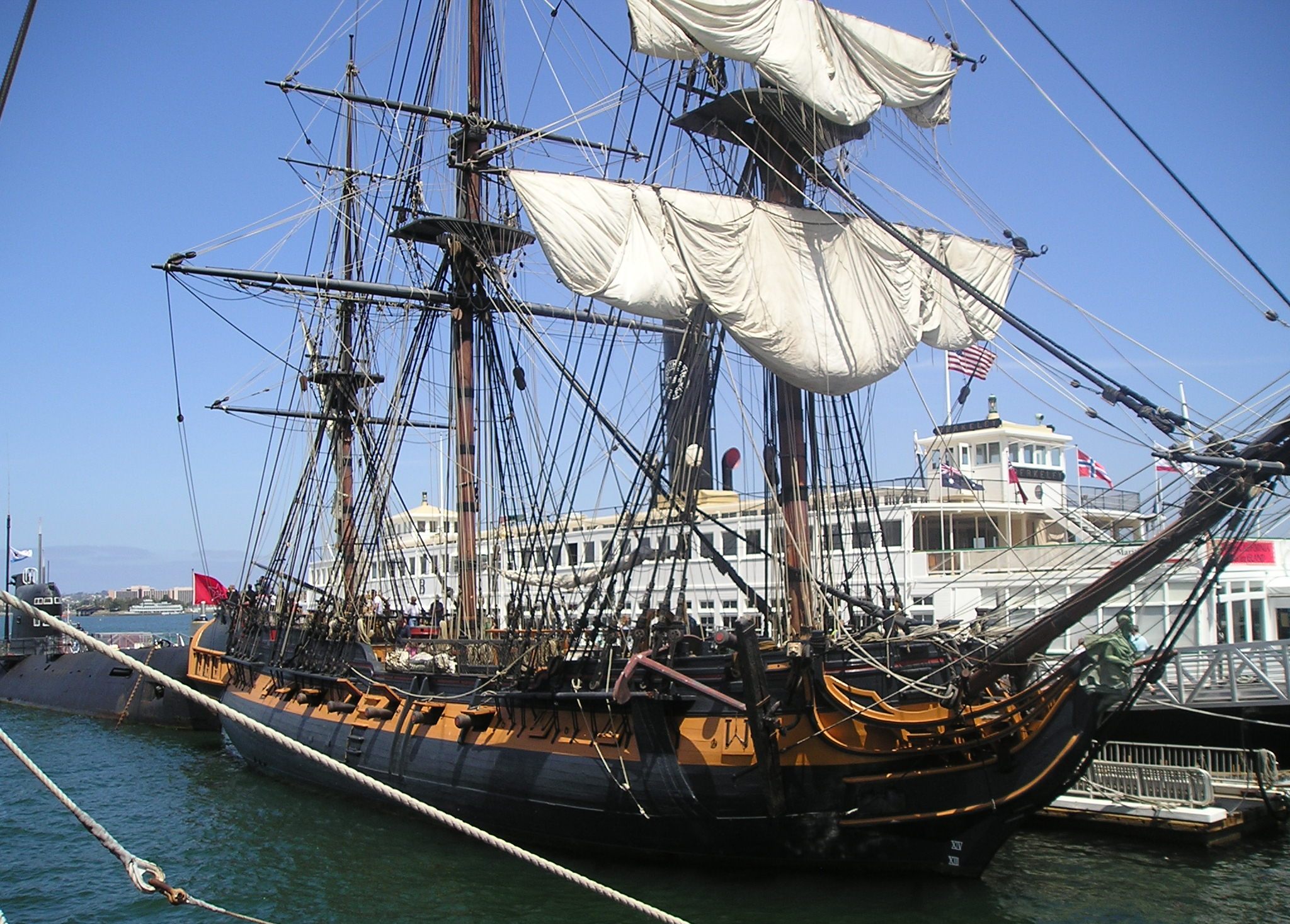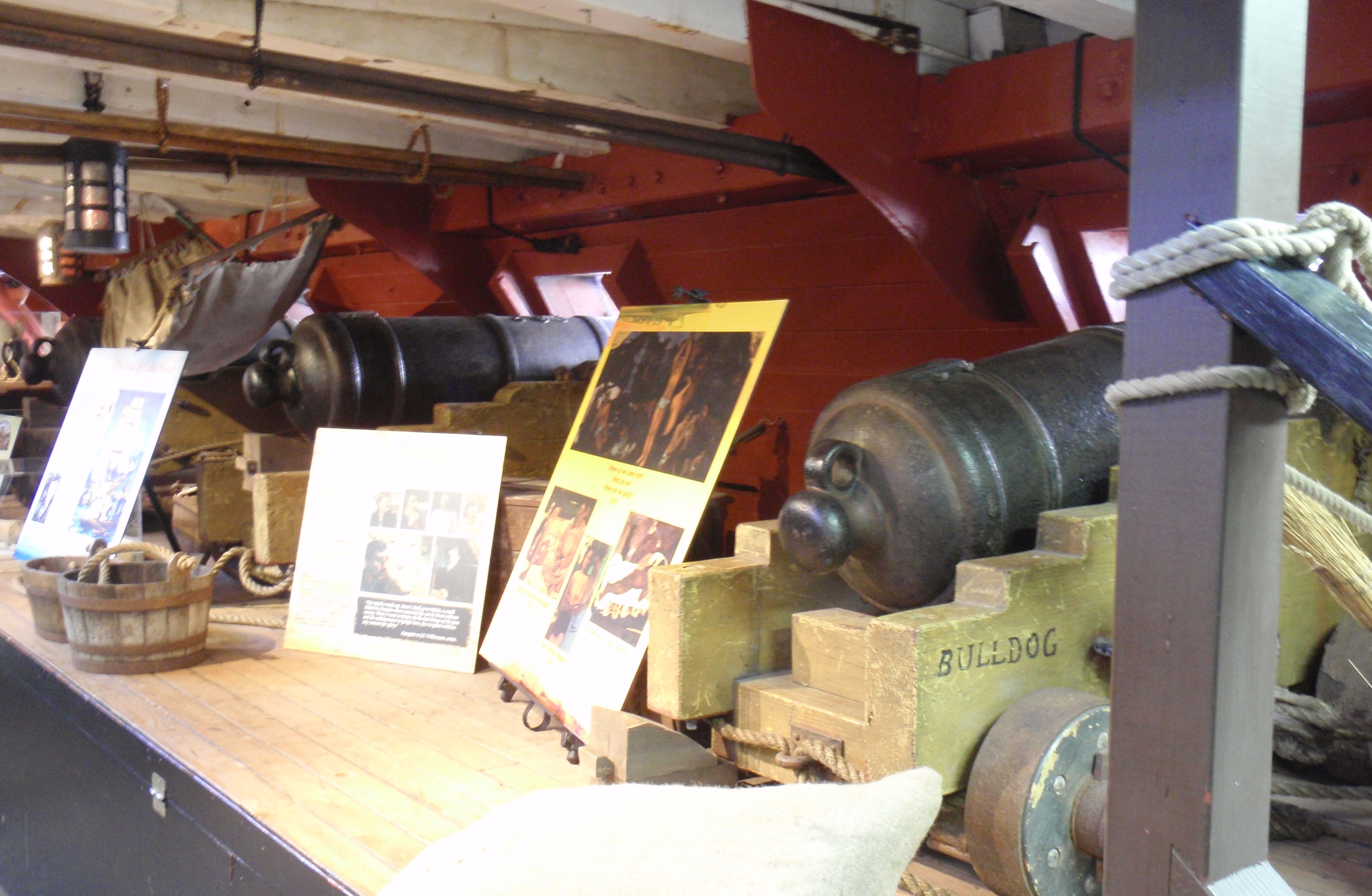
Mr. Dolin’s book Black Flags, Blue Waters provides intriguing background on how pirates organized themselves and how they split up the booty. Also provides a contrast of their reputation compared to their actual battle techniques.
Pirates organized themselves in something with very strong correlation to a democracy. The crew voted to select the captain and first mate (or quartermaster). In battle the captain had absolute authority, which is obviously necessary. Other than during battle the crew could vote to depose the captain if he were sufficiently unacceptable.
Apparently this issue has been discussed at great length in the literature.
The author says this self-governance structure was not due to any particular philosophical enlightenment or fondness for democracy as a concept. Proof for this is they held slaves and did not treat non-crewmembers well.
Author speculates that since naval discipline was harsh at the time, people escaping from that brutal environment would not want to voluntarily enter into the same disciplinary structure when they go out pirating. Thus, they would create rules putting restrictions on what a captain could do and retaining the right to replace him if he was too far out of line.
Pirate crews would draft a contract governing their voyage and all the members would sign it. Voting for captain would be one of the provisions.

Splitting the loot.
Another fascinating feature of pirate contracts is the splitting up of booty. The spread was rather flat compared to the typical maritime rules of the day for sharing booty.
There are several references in the book to how spoils were split. The captain would get one and a half shares, the first mate 1 1/4 share, and every crew member 1 share. In other words the captain would only get one and a half times what the lowest skilled sailor would get.
In another place, the book mentions that the contract would often give specific payment to specialized crewmen. For example a carpenter might get 150 Spanish silver dollars and a surgeon 250. The remainder would be split amongst the captain and the crew.
If a pirate were killed in the course of a cruise a share of the spoils would still be allocated to him and then at the end of the cruise given to whomever the money ought to be paid.
Author also says a common condition was an elementary form of what would today call workers compensation. A pirate losing his right arm might get perhaps 600 silver dollars with a 300 silver dollars payout for loss of left arm or 100 silver dollars for loss of an eye. After paying out those compensation amounts the remainder would then be split amongst the crew.
Yet another place says one contract allowed 2 shares to the captain, 1 1/2 shares to the first mate, 1 1/4 shares each to the doctor, mate, gunner, boatswain, and carpenter. Other crewmembers received 1 share.